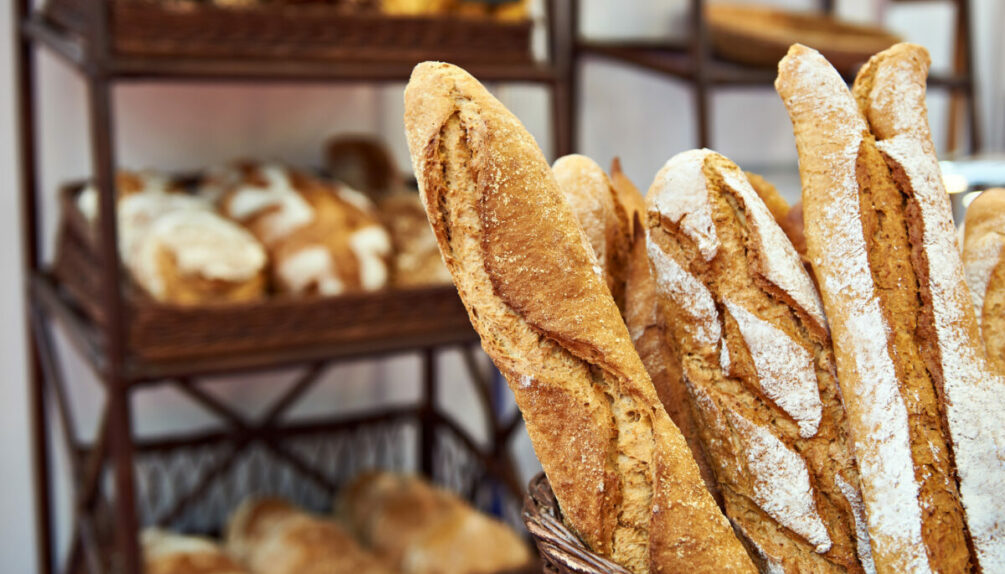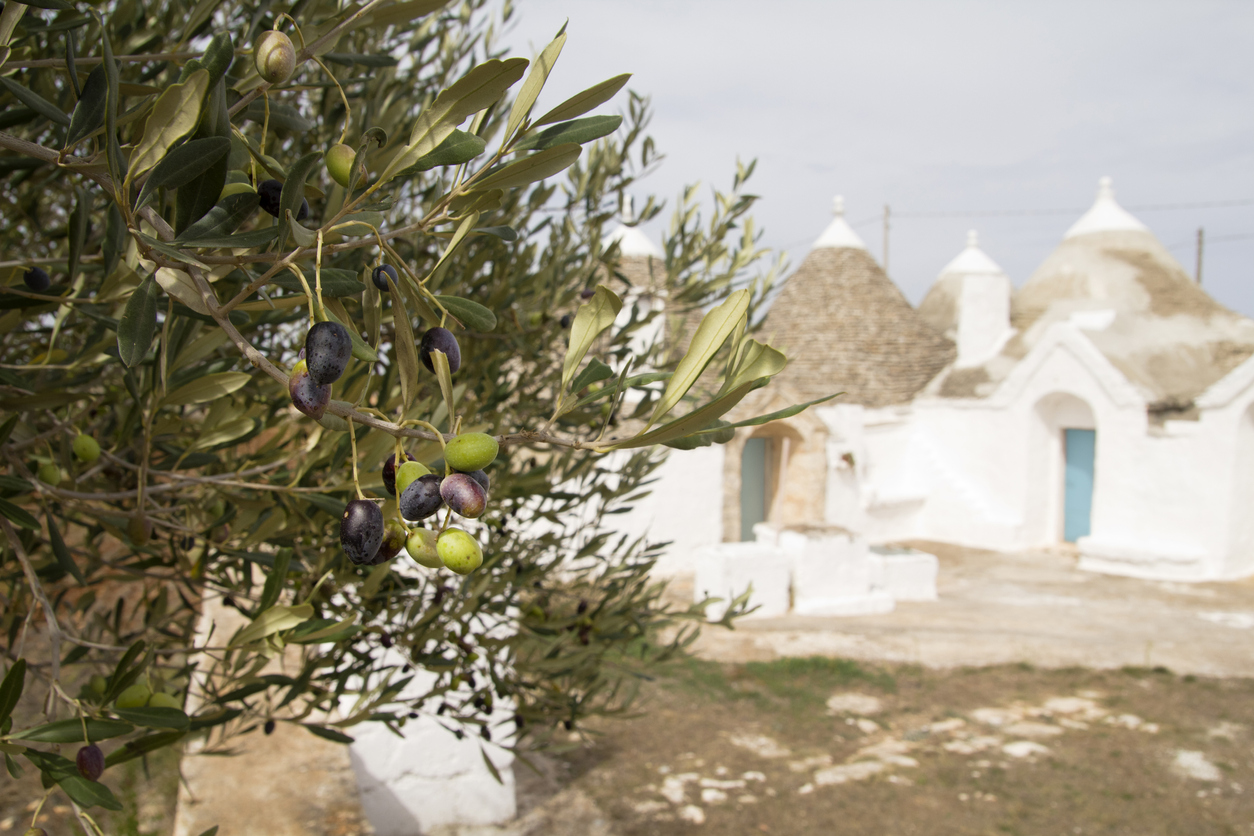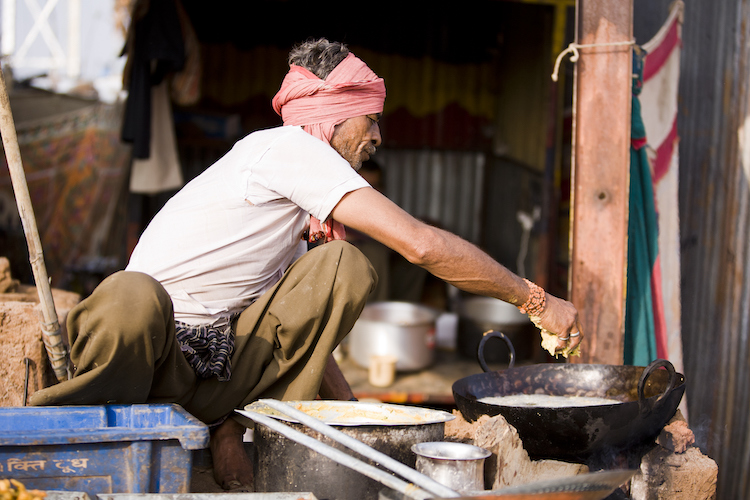The humble baguette joins UNESCO’s heritage list

France’s iconic baguette is one of the latest cultural expressions and gastronomic traditions to have been selected by UNESCO to join its Representative List of the Intangible Cultural Heritage of Humanity.
UNESCO adds new entries to the list every year to recognise and promote practices which are important to the cultural fabric of the world.
The baguette is the most popular type bread in France, and is traditionally made with only four ingredients: flour, water, salt, and leaven or yeast.
While the ingredients list is simple, the practice of making the bread itself is multi-layered and complex, requiring exact weighing and mixing of ingredients, kneading, proving, relaxing, manually shaping, secondary proving, marking the dough with shallow cuts and finally baking.
UNESCO explains the baguette has impacted the French culture in many ways. “They are baked throughout the day in small batches and the outcomes vary according to the temperature and humidity,” explains the organisation.
“They also generate modes of consumption and social practices that differentiate them from other types of bread, such as daily visits to bakeries to purchase the loaves and specific display racks to match their long shape.”
Alongside the baguette, traditional tea preparation in China was also recognised this year, while the Ukrainian tradition of borscht cooking was added to the List of Intangible Cultural Heritage in Need of Urgent Safeguarding.
Previous food-related cultural customs which have been recognised by the UNESCO List of the Intangible Cultural Heritage of Humanity include the Maltese flattened sourdough tradition of Il-Ftira, Azerbaijan dolma, and Turkish coffee culture.
Beyond food and cooking traditions, other practices which have previously been added to the list include certain crafting skills, dances, and music.
Explore how food and drink customs are inextricable from human culture with this Food Matters Live Podcast’s series:
The History Of...








